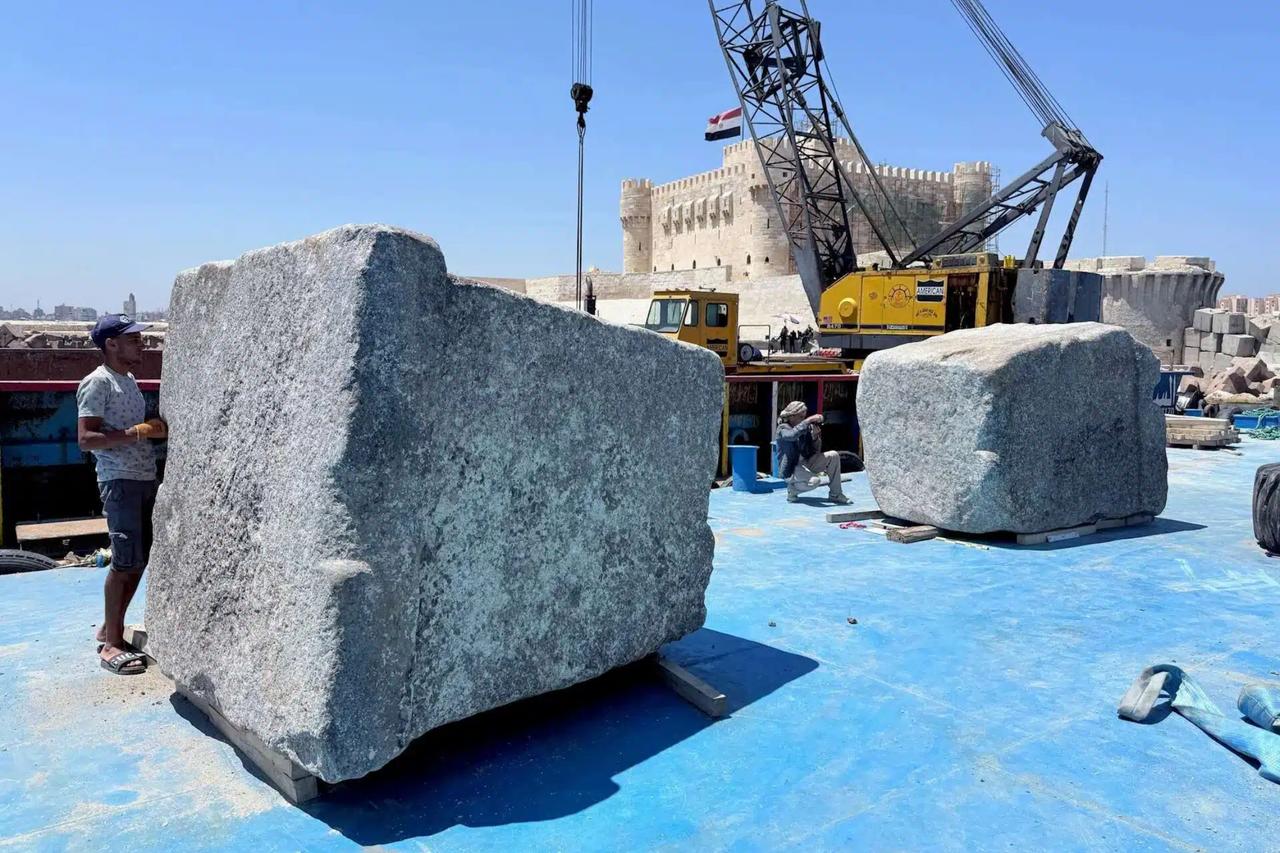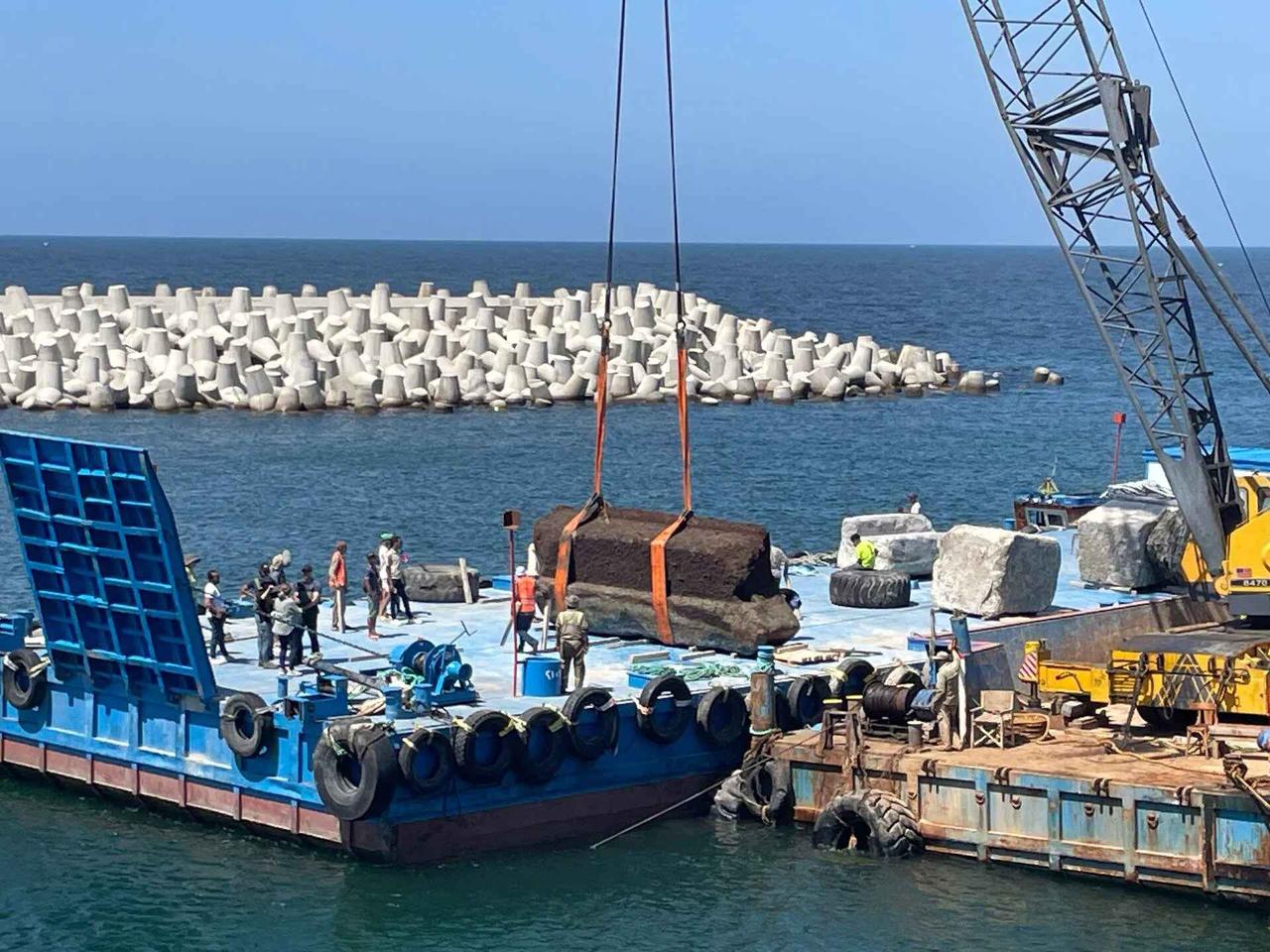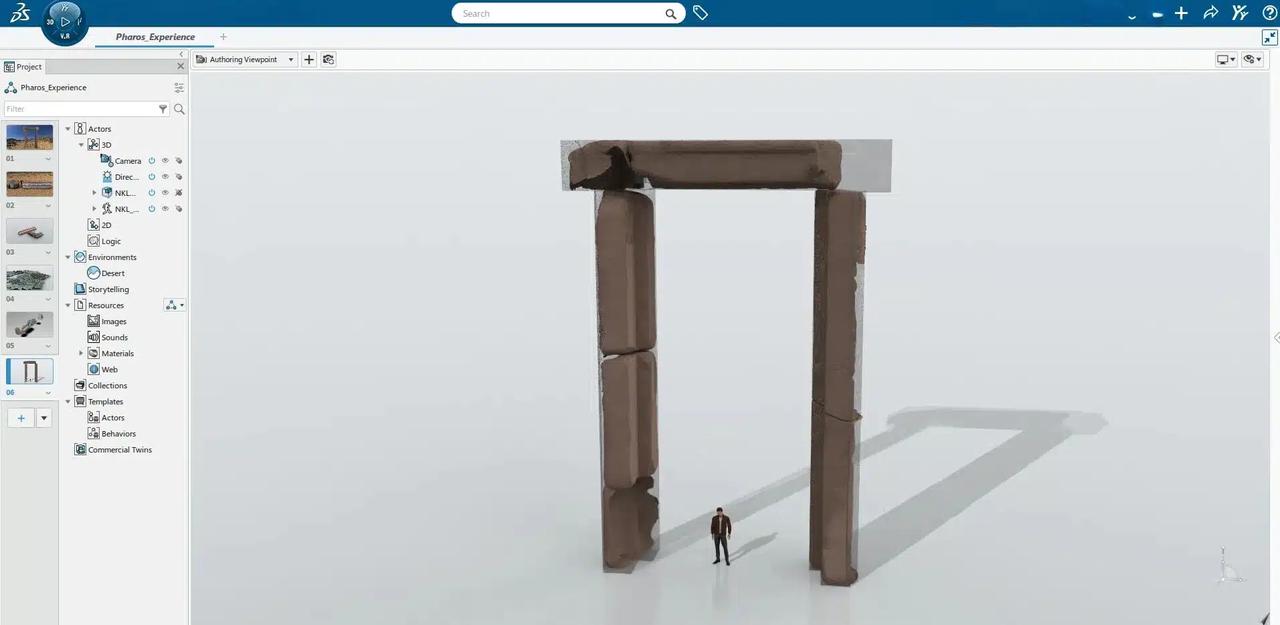
One of the Seven Wonders of the Ancient World, the Lighthouse of Alexandria, is being digitally reconstructed with the help of modern technology. For the first time in centuries, stone blocks believed to have formed part of the original lighthouse have been recovered from the seabed and are now being scanned to form a three-dimensional digital model of the ancient structure.
Originally built around 280 B.C. under the rule of Ptolemy II Philadelphus, a Macedonian-descended king of Egypt, the lighthouse was constructed to guide ships safely into the harbor of Alexandria, a major port city on the Mediterranean coast. The structure was regarded as a marvel of engineering at the time, standing over 100 meters tall and equipped with a light source that was likely a wood or oil-based flame. The light, enhanced by reflective bronze or copper surfaces, could reportedly be seen up to 50 kilometers away.

The lighthouse stood for over a millennium before a series of devastating earthquakes in the 14th century caused its collapse. Since then, knowledge of its appearance and structure has largely relied on historical records and artistic depictions.
Significant underwater archaeological discoveries began in 1994, when French archaeologist Jean-Yves Empereur identified remnants of the lighthouse submerged off the coast of Alexandria. The latest efforts mark the third major research project in this area, now led by architect and archaeologist Isabelle Hairy from France.

As part of the ongoing project, 22 massive stone blocks believed to have been part of the original lighthouse structure have recently been lifted from the seabed. These blocks, preserved underwater for centuries, are now being carefully examined and digitally scanned. The new finds will be integrated with more than 100 previously discovered stone fragments to create a comprehensive digital reconstruction.
The scanned data will be shared with engineers from the Dassault Systemes Foundation, a French engineering group participating in the project. The engineers will use the information to piece the fragments together in a virtual environment. According to those involved, the process is comparable to solving a colossal archaeological jigsaw puzzle.
Rather than attempting a physical reconstruction, the goal of the project is to create an accurate digital “twin” of the original lighthouse. This digital model will allow researchers to test theories about the building’s original design, construction techniques, and eventual destruction. It will also offer the public a chance to explore the ancient marvel through virtual experiences.